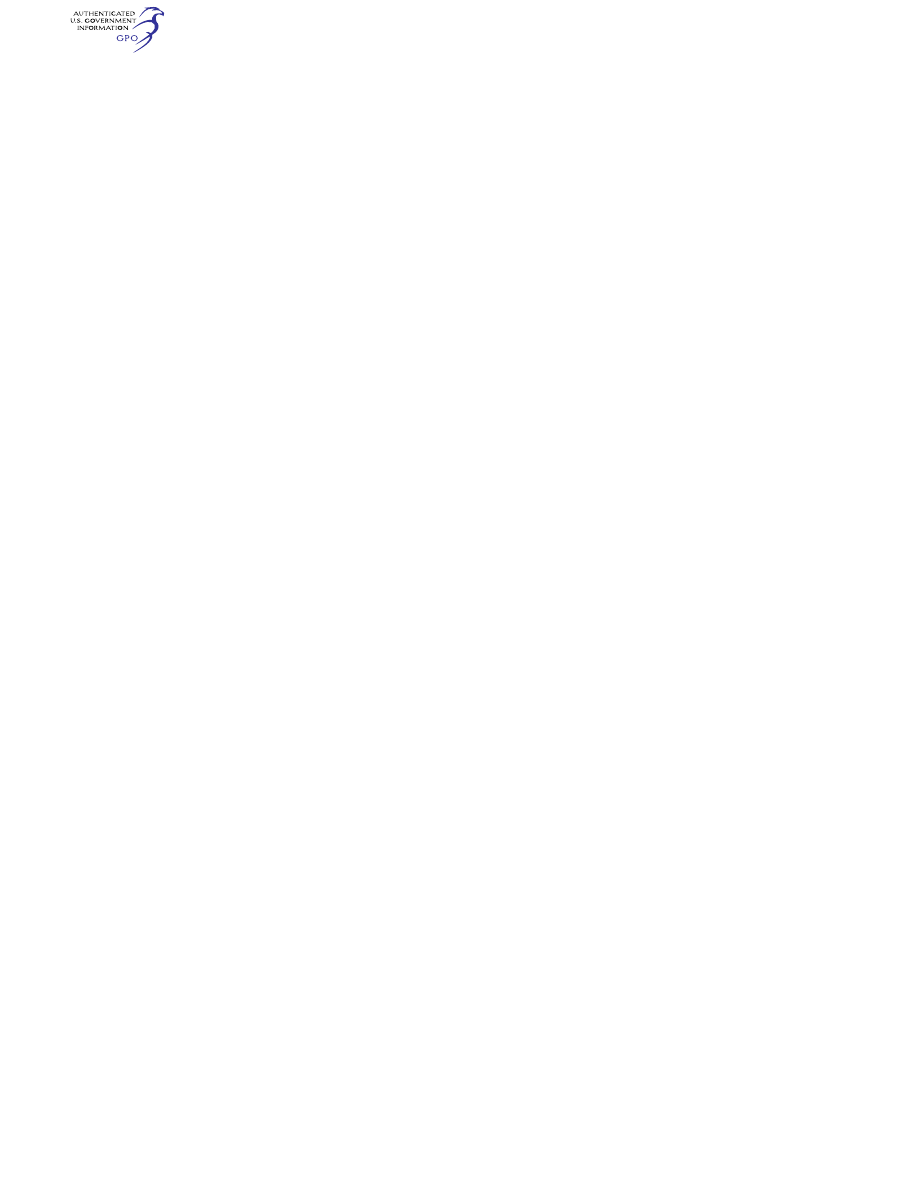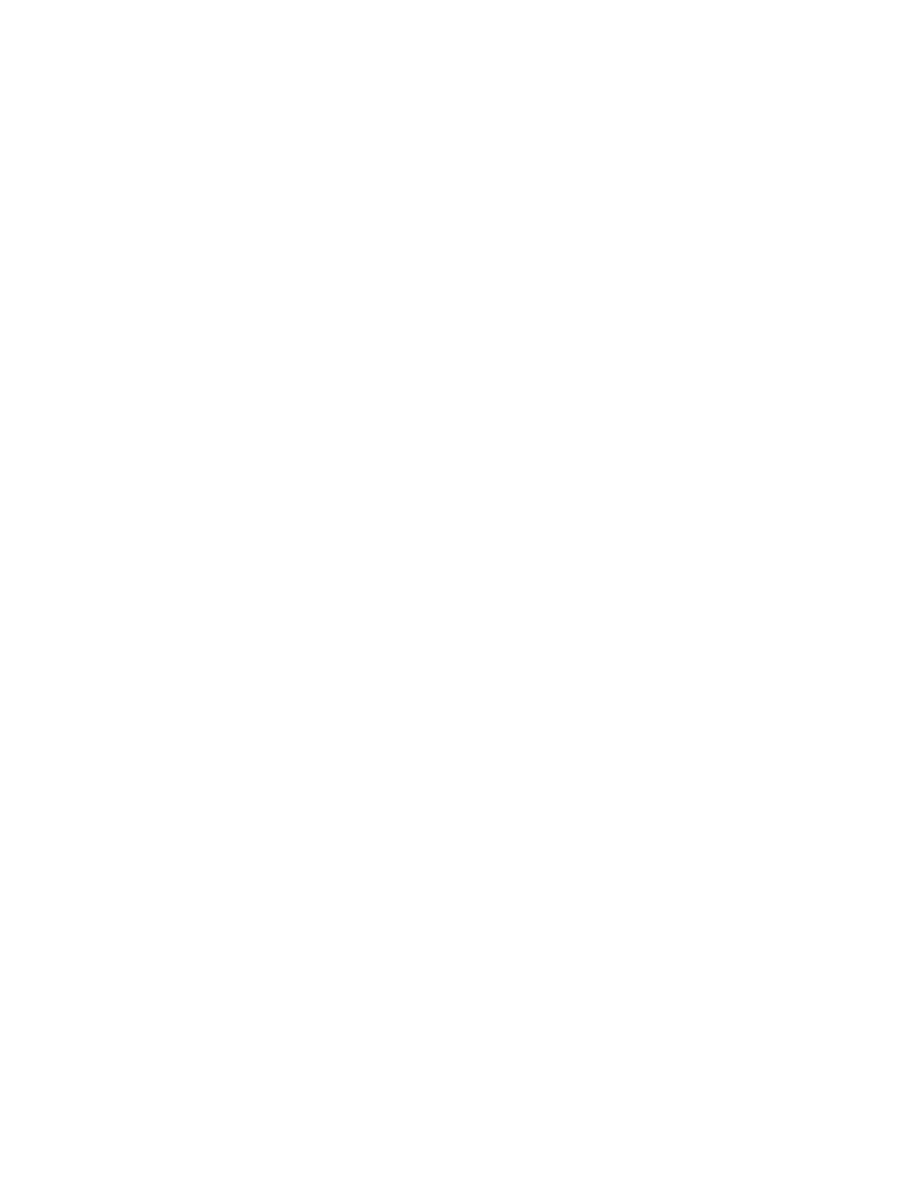
760
14 CFR Ch. I (1–1–24 Edition)
§ 35.16
(iv) A significant uncontrollable
torque or speed fluctuation.
[Amdt. 35–8, 73 FR 63346, Oct. 24, 2008, as
amended by Amdt. 35–9, 78 FR 4041, Jan. 18,
2013; Amdt. 35–9A, 78 FR 45052, July 26, 2013]
§ 35.16
Propeller critical parts.
The integrity of each propeller crit-
ical part identified by the safety anal-
ysis required by § 35.15 must be estab-
lished by:
(a) A defined engineering process for
ensuring the integrity of the propeller
critical part throughout its service life,
(b) A defined manufacturing process
that identifies the requirements to
consistently produce the propeller crit-
ical part as required by the engineering
process, and
(c) A defined service management
process that identifies the continued
airworthiness requirements of the pro-
peller critical part as required by the
engineering process.
[Amdt. 35–9, 78 FR 4042, Jan. 18, 2013]
§ 35.17
Materials and manufacturing
methods.
(a) The suitability and durability of
materials used in the propeller must:
(1) Be established on the basis of ex-
perience, tests, or both.
(2) Account for environmental condi-
tions expected in service.
(b) All materials and manufacturing
methods must conform to specifica-
tions acceptable to the Administrator.
(c) The design values of properties of
materials must be suitably related to
the most adverse properties stated in
the material specification for applica-
ble conditions expected in service.
[Amdt. 35–8, 73 FR 63347, Oct. 24, 2008]
§ 35.19
Durability.
Each part of the propeller must be
designed and constructed to minimize
the development of any unsafe condi-
tion of the propeller between overhaul
periods.
§ 35.21
Variable and reversible pitch
propellers.
(a) No single failure or malfunction
in the propeller system will result in
unintended travel of the propeller
blades to a position below the in-flight
low-pitch position. The extent of any
intended travel below the in-flight low-
pitch position must be documented by
the applicant in the appropriate manu-
als. Failure of structural elements need
not be considered if the occurrence of
such a failure is shown to be extremely
remote under § 35.15.
(b) For propellers incorporating a
method to select blade pitch below the
in-flight low pitch position, provisions
must be made to sense and indicate to
the flight crew that the propeller
blades are below that position by an
amount defined in the installation
manual. The method for sensing and
indicating the propeller blade pitch po-
sition must be such that its failure
does not affect the control of the pro-
peller.
[Amdt. 35–8, 73 FR 63347, Oct. 24, 2008]
§ 35.22
Feathering propellers.
(a) Feathering propellers are in-
tended to feather from all flight condi-
tions, taking into account expected
wear and leakage. Any feathering and
unfeathering limitations must be docu-
mented in the appropriate manuals.
(b) Propeller pitch control systems
that use engine oil to feather must in-
corporate a method to allow the pro-
peller to feather if the engine oil sys-
tem fails.
(c) Feathering propellers must be de-
signed to be capable of unfeathering
after the propeller system has sta-
bilized to the minimum declared out-
side air temperature.
[Amdt. 35–8, 73 FR 63347, Oct. 24, 2008]
§ 35.23
Propeller control system.
The requirements of this section
apply to any system or component that
controls, limits or monitors propeller
functions.
(a) The propeller control system
must be designed, constructed and vali-
dated to show that:
(1) The propeller control system, op-
erating in normal and alternative oper-
ating modes and in transition between
operating modes, performs the func-
tions defined by the applicant through-
out the declared operating conditions
and flight envelope.
(2) The propeller control system
functionality is not adversely affected
VerDate Sep<11>2014
09:06 Jun 28, 2024
Jkt 262046
PO 00000
Frm 00770
Fmt 8010
Sfmt 8010
Y:\SGML\262046.XXX
262046
jspears on DSK121TN23PROD with CFR
